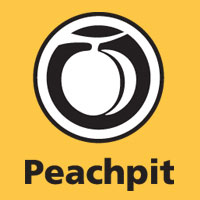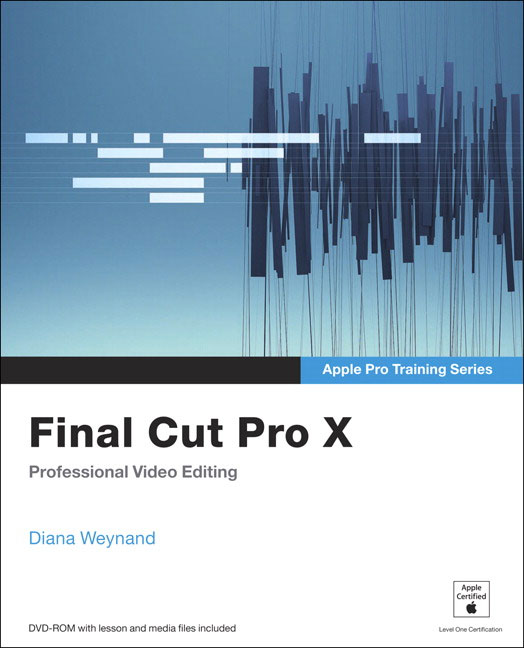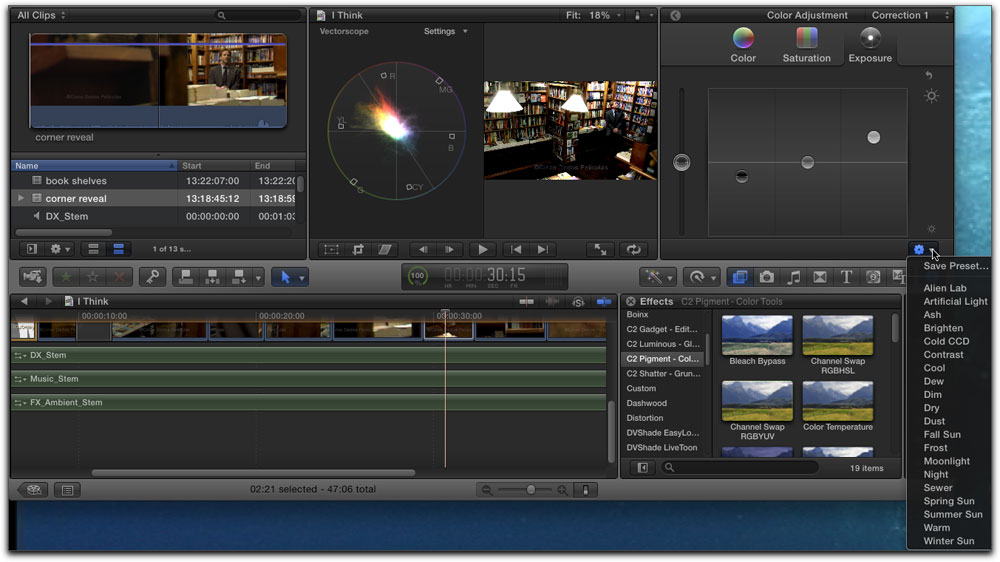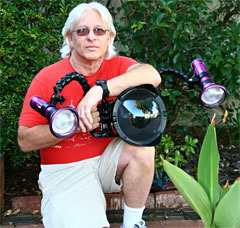
November 7, 2011
by Diana Weynand
www.peachpit.com - $54.99
Review by Steve Douglas
For those wanting to get in on the ground floor of the new editing application that is Final Cut Pro X, Peachpit Press and Diana Weynand continue their long standing history of providing supplemental training via their Apple Pro Training Series of tutorial books. For those seeking certification in any of Apple's applications, it is these 'Training Series' line of books that one needs to use to prepare for the Apple certifications.
When reviewing Ms. Weynand's last two books covering Final Cut Pro 6 and 7 within Final Cut Studio 2 and 3, I was critical of the fact that new features had not been addressed within revisions of the books but, instead, readers were requested to go on line for supplemental reading regarding new features. With Final Cut Pro X being as new as it is, happily, there is none of that found in this, her latest and first book on Final Cut Pro X.

Since the majority of editors venturing slowly into Final Cut Pro X are all in the learning stages of finding out what it can and cannot do, discovering what is there and what isn't, and how to adapt their workflows, a book like Diana Weynand's can be of real help.
As I worked through this book, I found that just about everything one needs to learn can be found here. For experienced editors with Final Cut Pro legacy versions, I came to the realization that while workflows may be somewhat different, so much of what I used to do in FCP 7 is really done much the same way, and that anything different really came intuitively. For example, parameter changes in both transitions and filters are not quite the same as for legacy versions but once you become familiar with the FCPX Inspector, adjusting parameters is pretty much the same. This applies to a great many of the differences found in Final Cut Pro X and moving to it is not as difficult or complicated as some might think. Fortunately, Ms. Weynand doesn't skip over the many, many new keyboard shortcuts and I suppose I, like most people, will learn them as we go along. Never the less, they are stated and constantly repeated throughout the many projects that are included. The only real way to learn them is to use them, and you do throughout the book.
A media disc containing all lessons and projects is, as to be expected, included. Usually when writing book reviews I just use my own footage but for this one, I used the supplied footage and projects that took me sequentially from basic installation and interface familiarity to organizing media, building rough cuts and the application of transitions and filters, working with audio,text, and on to finishing and exporting projects. The only real problems I incurred were when certain keyboard shortcuts didn't work as they were supposed to. The next day I would go back to them and they would work fine. I attribute this to bugs in the Final Cut Pro X software that, hopefully, will be fixed.
Diana Weynand's chapter on retiming is worth the cost of this book alone. Excellent and clear instruction in the book provides the knowledge you need, as well as instruction dedicated to increasing the efficiency of your editing workflow.


